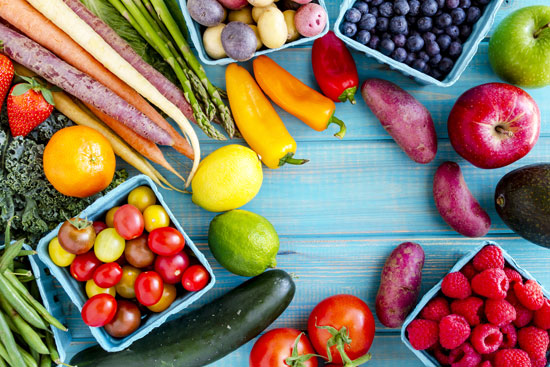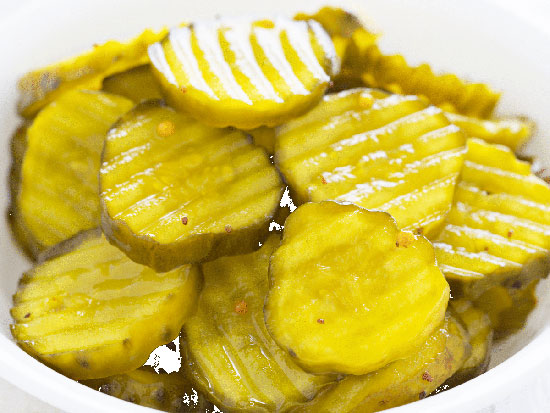Foods That Raise Blood Pressure

There’s a lot of information available about the DASH diet or other ways you can lower blood pressure through food, but what about foods that raise blood pressure instead? There are plenty of foods that raise blood pressure naturally or as a result of how they have been prepared or processed. Some foods can raise blood pressure quickly after eating them, while others only cause minor gains.
A few foods only raise low blood pressure, meaning that they don’t have much of an effect unless your blood pressure is at a certain level, so you can eat them without much worry unless you are hypotensive (in which case you’d likely want something that works to raise blood pressure faster than food).
What Contributes to High Blood Pressure?
When discussing foods that contribute to high blood pressure, much attention has been placed on blood pressure and salt (or sodium) content of meals. This is because the pressure of blood flow against the vessel walls increases with the larger volume of water that sodium attracts. That being said, some amounts of sodium are necessary for blood pressure and blood volume management, just not in excess.
While the sodium-blood pressure connection is well established, another key factor may be the amount of sugar a patient with high blood pressure risk ingests from a variety of foods. Spikes in blood pressure may occur following the consumption of refined carbohydrates, such as the sugars found in processed foods. These types of food have little-to-no nutritional value.
A study published in the British Medical Journal suggests that, while more research and focus should be placed on blood pressure and sugar, there is evidence that sugar may be a bigger factor than sodium when it comes to high blood pressure risks. It also separates naturally occurring sugars from those found in pre-packaged foods such as high-fructose products.
Foods that Raise Blood Pressure: What to Avoid
Sea Salt
Sea salt is used as a substitute for table salt in preparing meals and as a flavoring for table use. This may be because a measuring utensil holds less of the larger-sized sea salt crystals. Sea salt also requires less processing for use.
Sea salt does, however, contain the same chemical amount of sodium as table salt at 40% content. Any recommended amount given for table salt based on personal use also applies to sea salt. Both should be limited, if not avoided, for high blood pressure patients.
Pizza and Processed Foods
Fresh and frozen pizza and other processed foods have large amounts of sodium, especially with additions such as tomato sauce, cheese, and the dough. A frozen pizza may contain up to 1,000 milligrams of sodium in one-sixth of the total make-up of the pie.
Processed foods usually have additional salts added to maintain usability beyond a present time frame.
Foods and Drinks Eaten Out
Whether it is a fast-food spot or a high-end restaurant, many dishes on the menu have hidden high-sodium content. This can also apply to the specialty places that offer low-fat meals.
An appetizer and starting drink alone can contain more sodium than the recommended daily amount, and this is before an entrée is consumed. To control sodium intake and still enjoy eating out, request the dish be made with no added salt and have spices used for flavoring.
Energy Drinks
Energy drinks are a popular choice for younger generations, as they may offer a more instantaneous source of energy than a cup of coffee or other caffeinated beverages. These flavored drinks contain large amounts of both sugar and sodium. Energy drinks have been shown to raise blood pressure levels high enough to be thought a risk for serious heart conditions.
A Mayo Clinic study compared the blood pressure and heart rate levels of 25 people ranging in ages from 19 to 40 years before and after drinking one energy drink. While the blood pressure levels rose significantly in all participants, those who did not usually have caffeine showed higher than expected blood pressure levels.
Pickles

Pickling anything involves soaking it in brine, and a brine is basically salt water – extremely fancy salt water that probably has other ingredients in it, but salt water all the same. Although you should stay away from any pickled food as a result, cucumbers in particular are very good at sucking up salt from the brine.
A single dill pickle spear can have up to 300 milligrams of sodium. Avoid these or look for low-sodium varieties.
Canned Soups
Salt is a significant ingredient in canned soups or broths, and depending on the brand and type you could be getting a massive 2,225 milligrams of sodium from the entire dish. Since canned soup is very affordable and easy to prepare, it can be hard to find a good substitute.
Fortunately low-sodium variants exist, but be sure to read the labels so you can be certain of what’s going into your body.
Tomato Products
Whether it’s in the form of tomato juice, pasta sauce, or a puree, almost any canned or bottled tomato product contains a lot of sodium. A cup of tomato juice, for example, contains 650 milligrams.
Chinese Food
Unless you make it yourself at home, stay away from Chinese dishes in restaurants or stores. Foods like veggie spring packages or even some noodles may seem minor, but some Chinese food contains truly terrifying levels of salt.
Soy sauce or teriyaki can have around 1,000 milligrams of sodium in a single tablespoon and some Chinese dishes have over two days’ worth of salt in them.
Foods to Eat to Lower High Blood Pressure
Now that we’ve seen a list of foods that raise blood pressure, it’s time to look at foods that lower blood pressure. The DASH diet is a good model to use when looking for blood pressure–friendly eating options. While you take steps to minimize the presence of the above foods in your diet, try to increase or emphasize the following:
– Whole grains such as brown rice or whole wheat pasta;
– Carrots, broccoli, sweet potatoes and purple ones, green leafy vegetables, and tomatoes (non-canned);
– Apples, pears, peaches, mangoes, and bananas (you can have citrus, but be aware that it may interact with some hypertension medications);
– Skim milk and low-fat cheeses or yogurt; and
– Almonds, kidney beans, or lentils (nuts are high in calories but contain the good kind of cholesterol, so enjoy in moderation).
Lifestyle Changes to Avoid Raising Blood Pressure
Other than dietary changes, two of the best lifestyle choices you can make when worried about hypertension are to improve physical activity and take measures to reduce your weight. Staying active – at least 30 minutes of moderate exercise five days a week – helps keep your cardiovascular system strong and improves the flexibility and function of your arteries and blood vessels.
Losing weight also works to reduce the strain on your circulatory system, but only if you’re overweight. Fortunately, a blood pressure–friendly diet and some regular exercise can be a good way to shed some pounds.
Conclusion
Monitoring blood pressure levels is vital to maintain good overall health. The high levels of sodium and sugar content found in many of today’s popular food choices may cause pressure levels to rise to dangerous heights. Many market and restaurant food options have been loaded with sodium- or sugar-based preservatives to offer longer-lasting freshness. The key is to read the labels in the store and to ask questions regarding meal preparation when dining out.
There are healthy alternatives to food without sacrificing taste. Try using pure herbs and spices for flavoring rather than table salt. Regular exercise and maintaining a healthy weight may also help regulate blood pressure levels. You should also choose fresh, whole foods over processed and pre-packaged meals whenever possible. Be informed of what you are eating and how it can affect your blood pressure.
yogaesoteric
December 17, 2018
